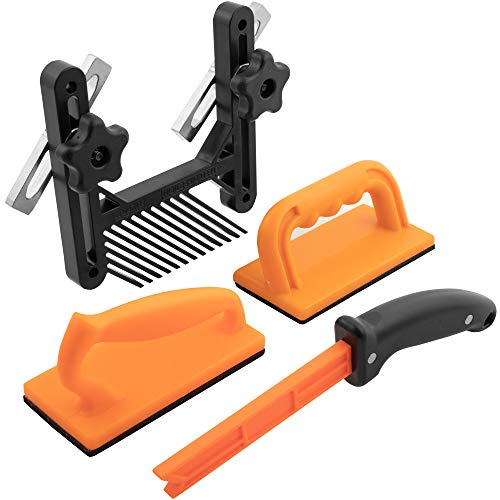Beautiful Plants For Your Interior
Beautiful Plants For Your Interior
Essential safety features of a table saw that should be considered include:
Investing in a table saw with these essential safety features will help ensure a safe and efficient woodworking experience.

If you are a woodworker, carpenter or DIYer, using a table saw is likely part of your daily routine. In fact, a table saw is an essential tool for cutting through wood, sheet and panel materials with precision and accuracy. However, table saws can be dangerous to use, causing serious injuries or even death if they are not properly equipped with safety features. That’s why it’s important to know the essential safety features of a table saw before choosing the right one for your needs.
The blade guard is a critical safety feature on a table saw that covers the saw blade when not in use. When you start the saw, the blade guard should automatically lift and allow the blade to rotate freely. When you turn off the saw, the blade guard should automatically retract and cover the blade. A well-designed blade guard will not interfere with your work or create kickback.
The riving knife is another essential safety feature that helps prevent kickback by keeping the material against the fence and preventing it from contacting the blade. Unlike a splitter, a riving knife moves up and down with the blade and should be adjusted to the blade height before cutting.
Anti-kickback pawls are sharp metal teeth that are attached to the riving knife and help prevent kickback by gripping the wood and preventing it from moving backward during the cut. These pawls should be easy to attach and detach from the blade guard to facilitate for quick blade changes.
A push stick helps keep your hands away from the blade during a cut. This will not only prevent injuries but also increase cutting accuracy. A good push stick should be long enough to reach past the blade and easy to grip.
A Flesh Sensor is another critical safety feature that turns off the saw if it detects human flesh contacting the blade. It helps to prevent serious injuries by stopping the blade in just a fraction of a second.
The power switch should be located in a position that is easy to access, especially during an emergency. Your table saw should have an emergency stop button that can be pressed easily and quickly to stop the saw’s operation.
While dust collection may not seem like a safety feature, it’s essential for maintaining good visibility during the cut. A table saw with a good dust collection system will help keep your work area clean and free of sawdust, which could cause slipping or tripping accidents.
A precise fence system that can be easily locked down will help prevent kickback and increase accuracy. Look for a fence that is easy to adjust and aligned parallel to the blade.
Choosing a table saw with essential safety features is crucial to ensure your protection during work. The blade guard, riving knife, anti-kickback pawls, push stick, flesh sensor, power switch location, dust collection and fence system are some of the safety features that need to be taken into consideration when selecting a table saw. Always ensure that these safety features are functioning correctly before using the saw. Remember safety should be your top priority.
Make the right decision, select the table saw with the essential safety features today and enjoy wood crafting without worrying about safety hazards.
When selecting a table saw for your workshop, essential safety features to consider include blade guard, riving knife, anti-kickback pawls, and flesh detection technology. You should also consider the size, horsepower, and stability of the table saw.
A blade guard prevents accidental contact with the blade while cutting. It covers the saw blade and retracts automatically as you lower it onto the wood being cut, improving visibility and reducing the risk of accidents.
A riving knife is a safety feature that helps keep the wood from pinching the blade and causing a kickback. It is mounted close to the blade and moves up and down with the blade, ensuring that the distance between the blade and the knife remains constant. When the blade is angled or tilted, the riving knife helps maintain its position and protect against possible kickbacks.
Anti-kickback pawls are safety features that prevent the wood from being kicked back at the operator during the cutting process. They are mounted on the blade guard and grip the wood if it starts to move backward, preventing it from flying back toward the operator.
Flesh detection technology is a safety feature that detects if a hand or finger comes into contact with the blade, and then stops the blade within milliseconds of detecting contact. It provides an additional layer of safety for the operator and can prevent serious injuries from occurring.